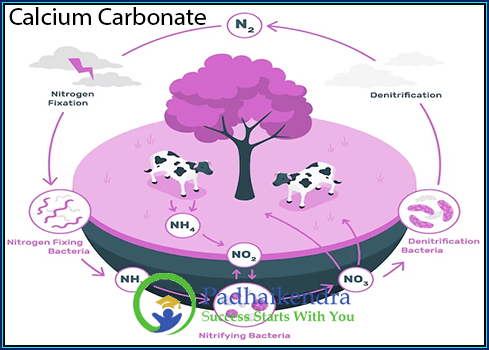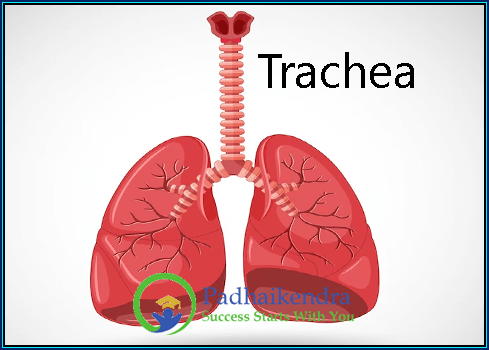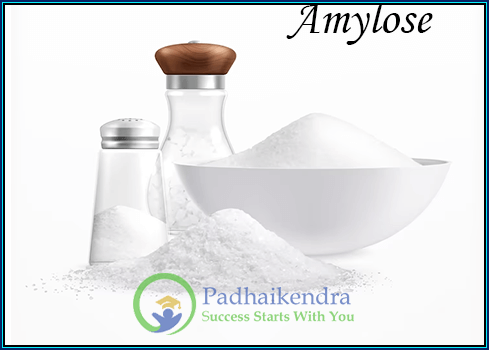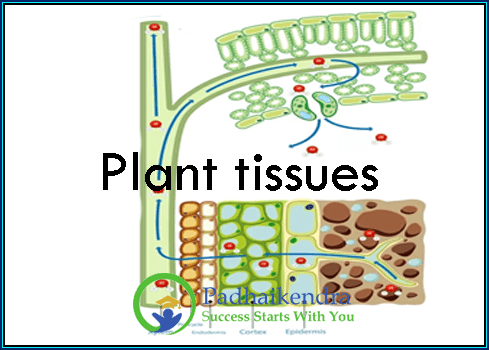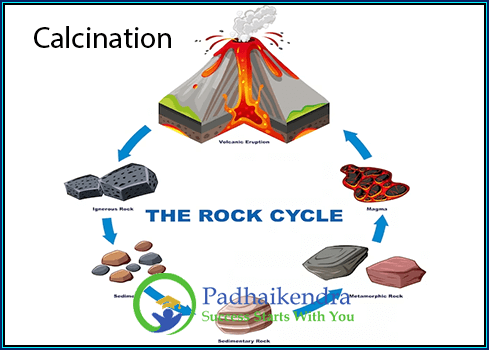Calcium Carbonate (CaCO3) – Structure, Properties, Uses of Calcium
What is Calcium carbonate? Calcium carbonate (CaCO3) is a chemical compound that is widely found in nature. It is a white, odorless powder or crystalline solid that occurs naturally in limestone, chalk, and marble, as well as in the shells of marine organisms such as oysters and corals. Calcium carbonate is formed by the reaction …
Calcium Carbonate (CaCO3) – Structure, Properties, Uses of Calcium Read More »

